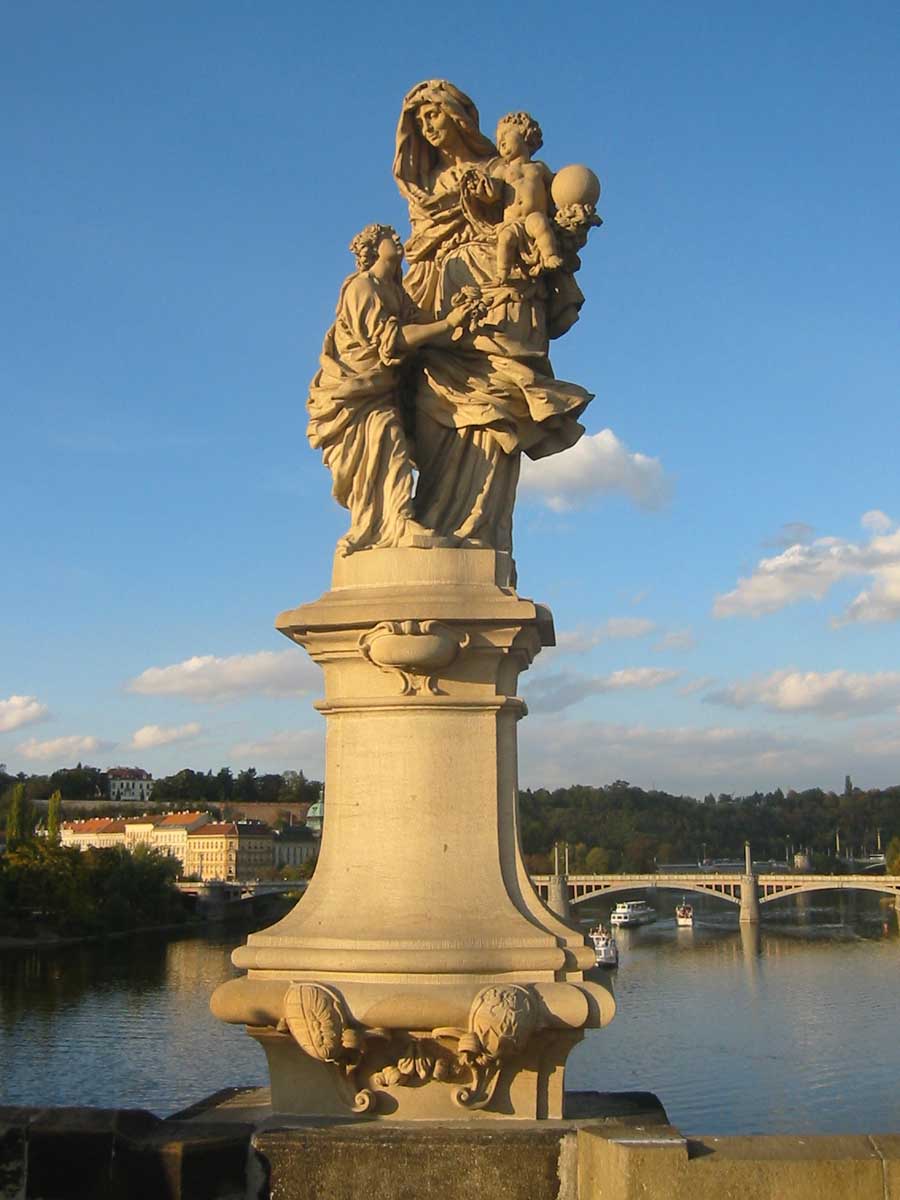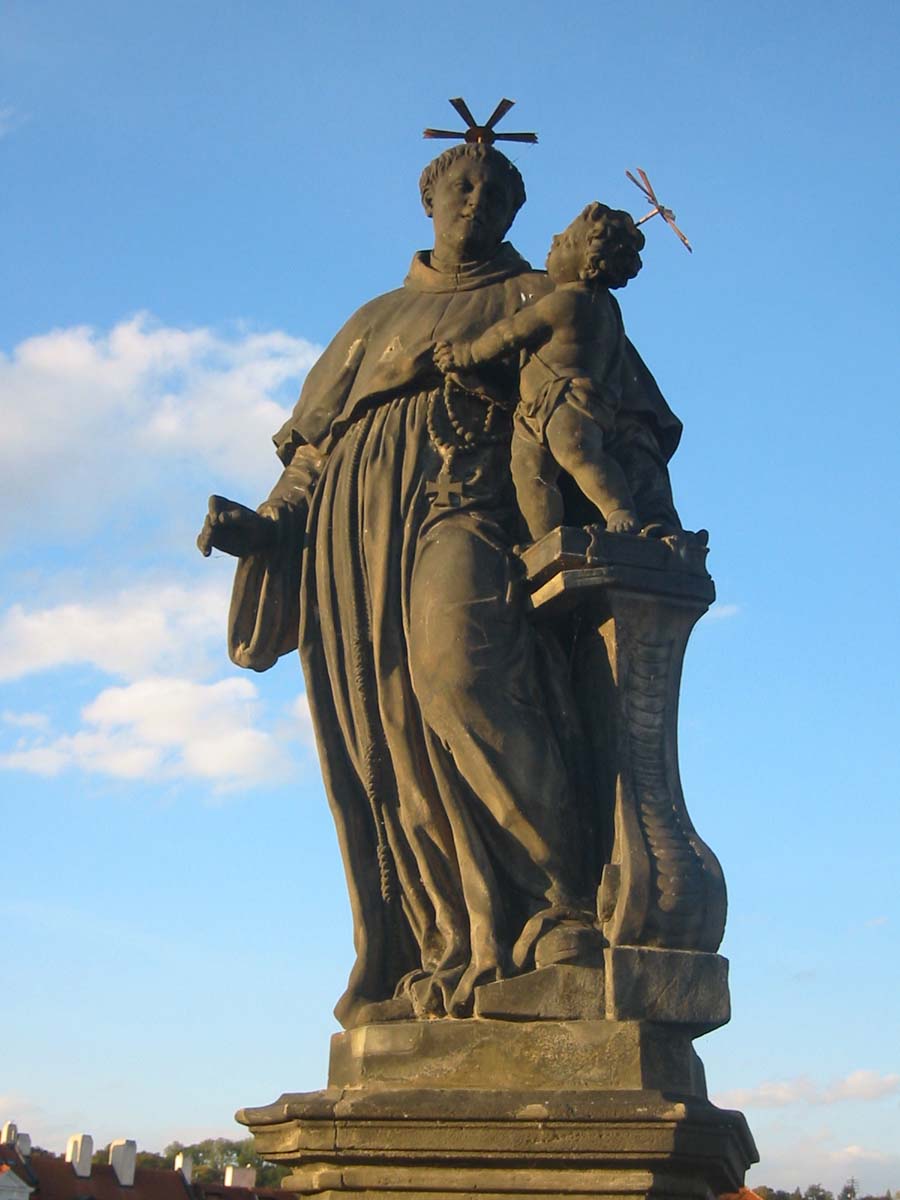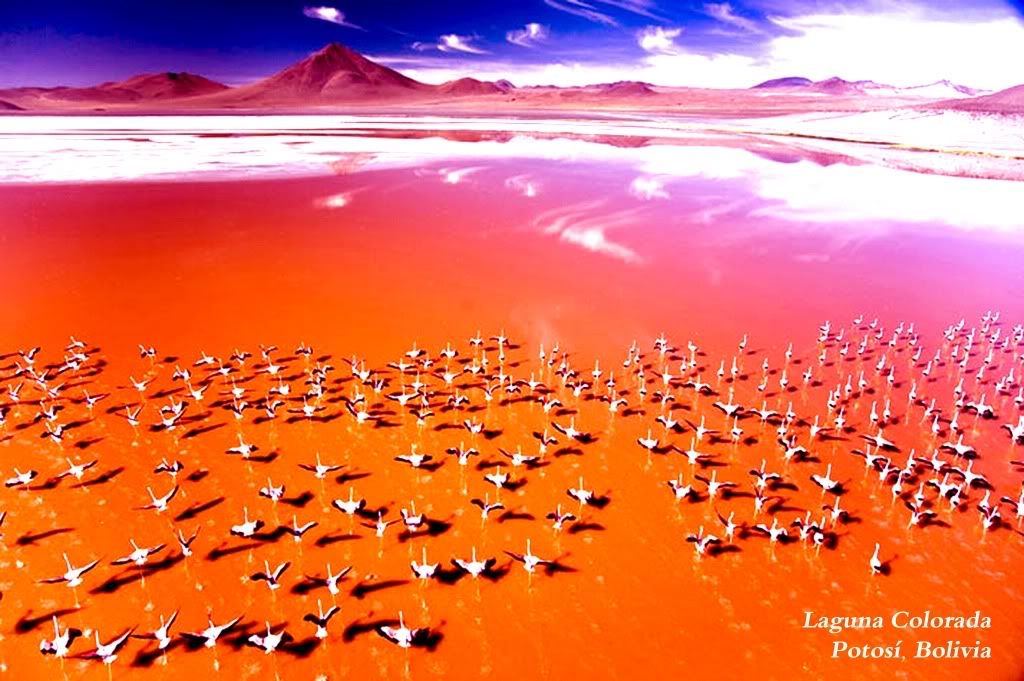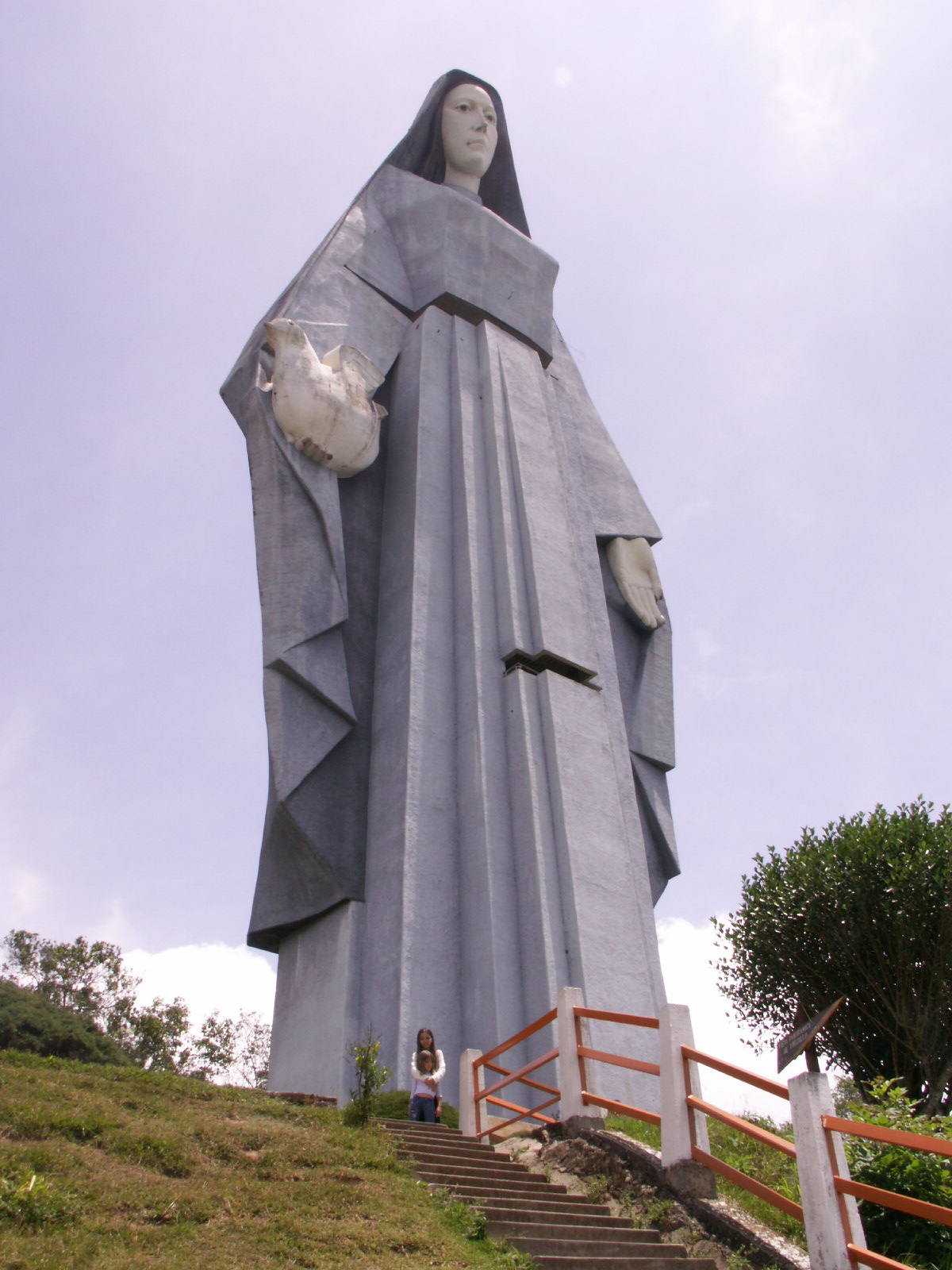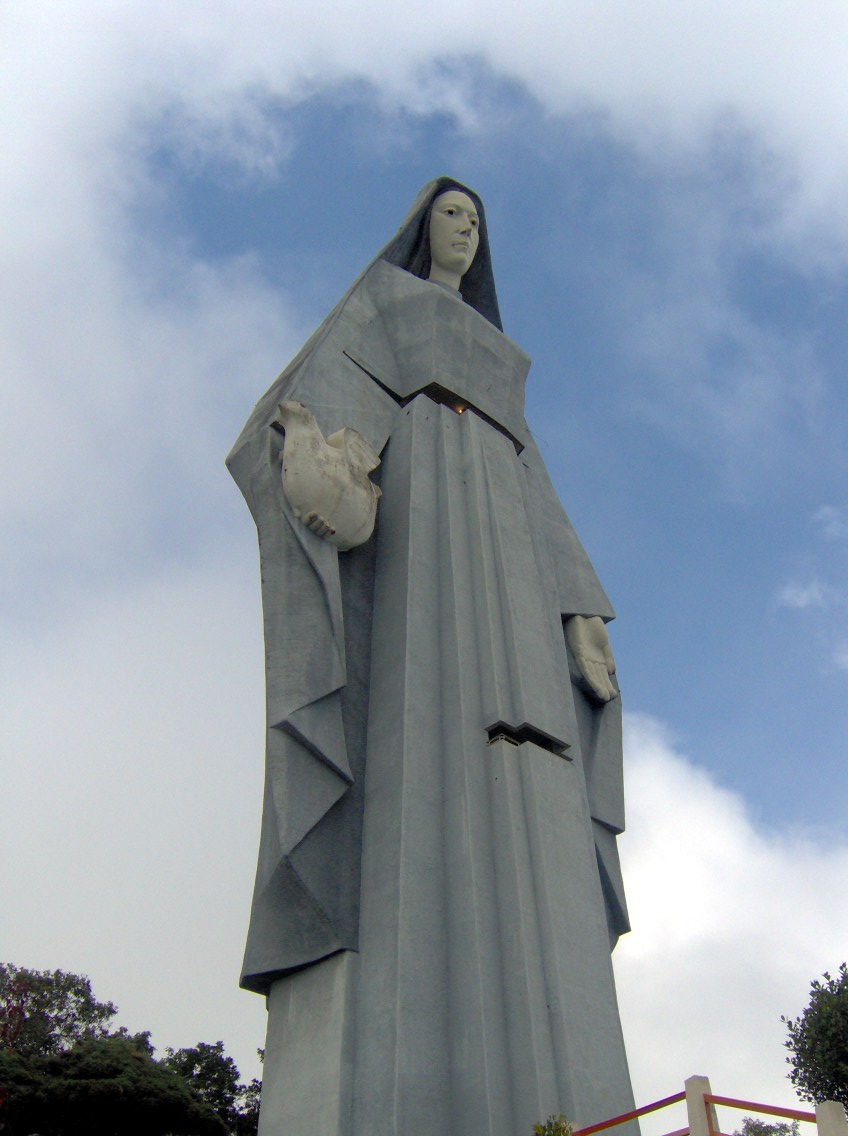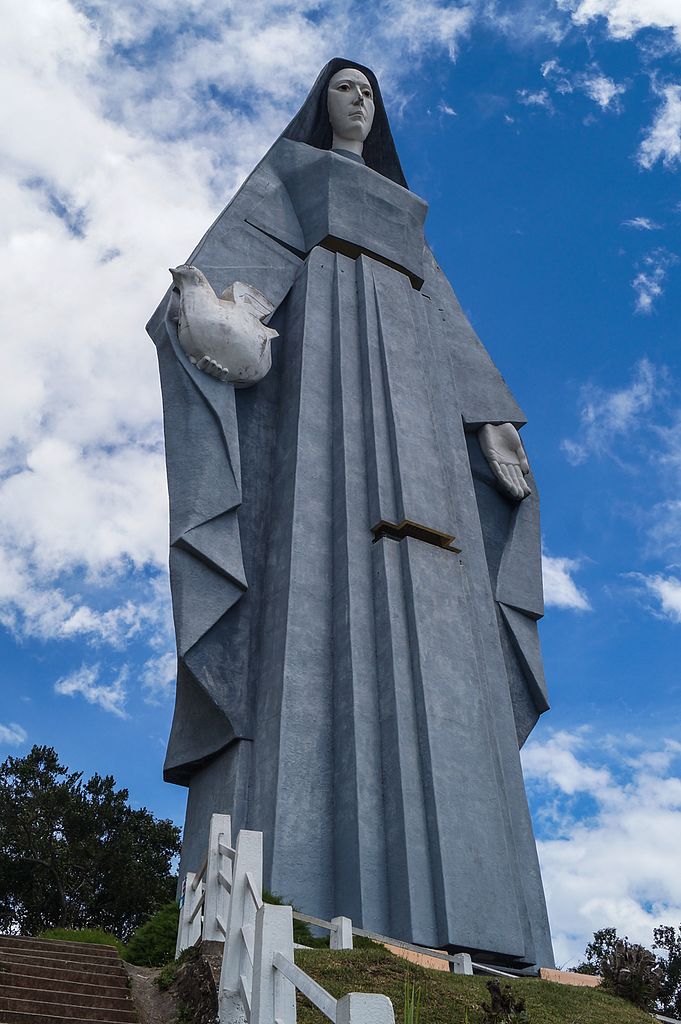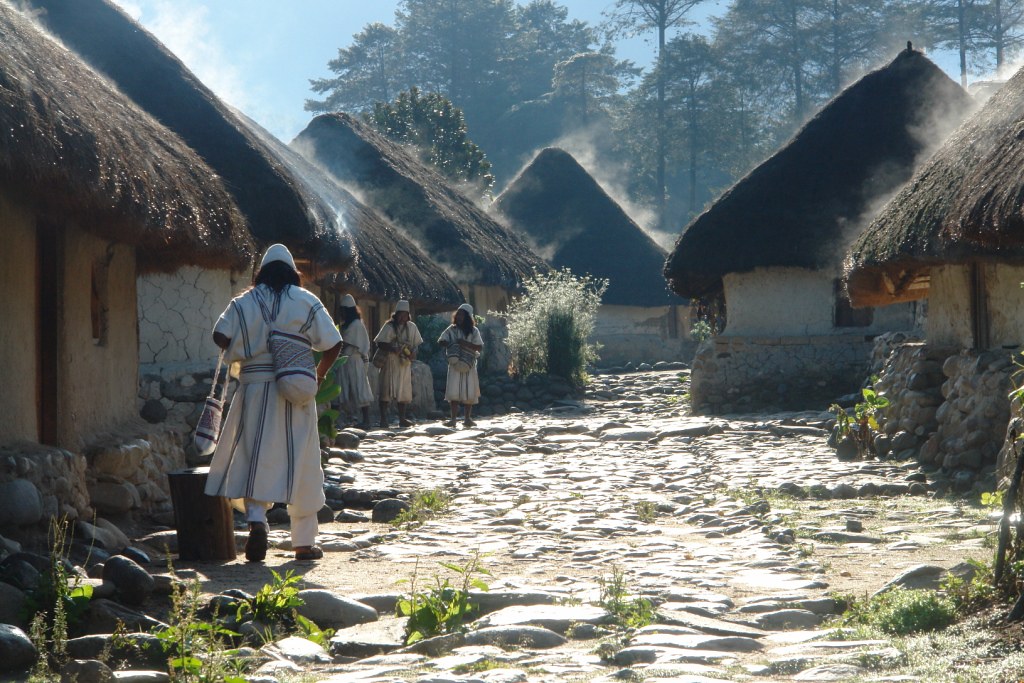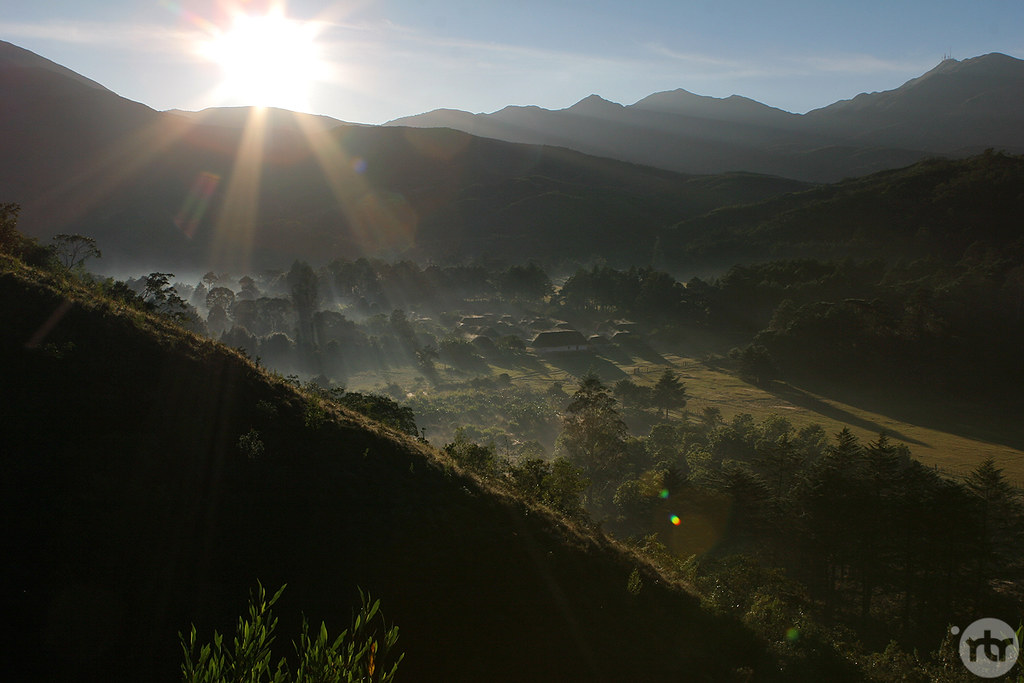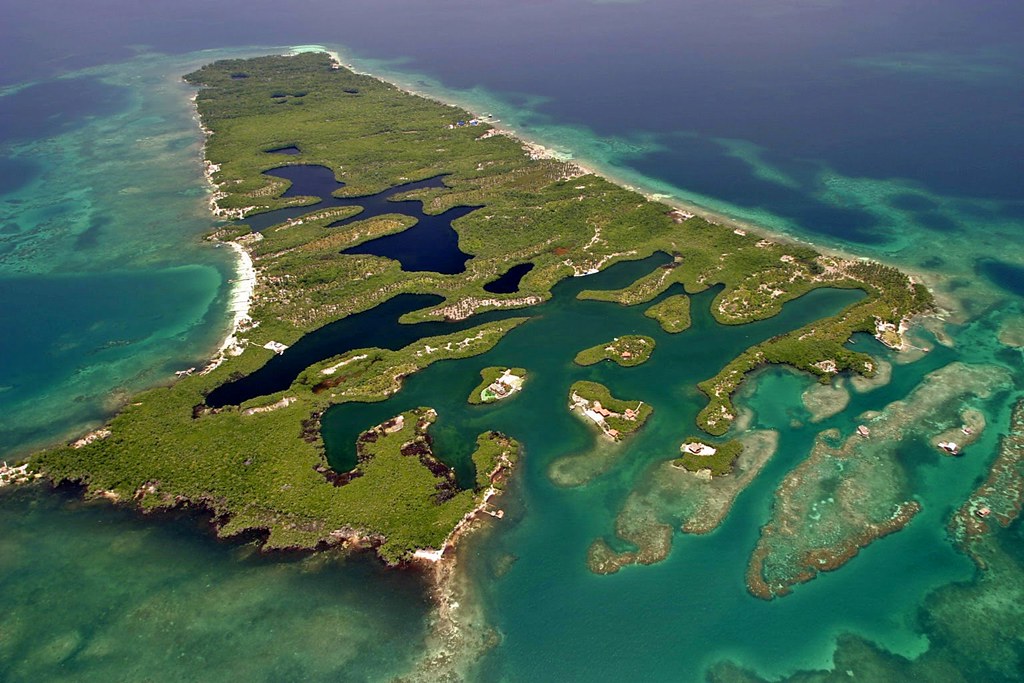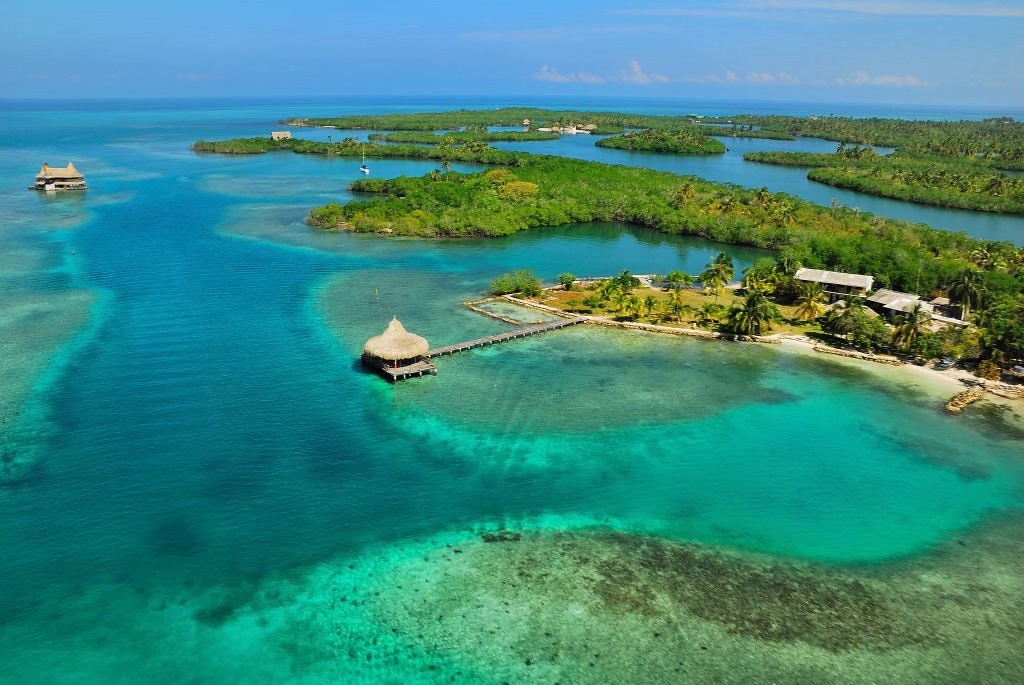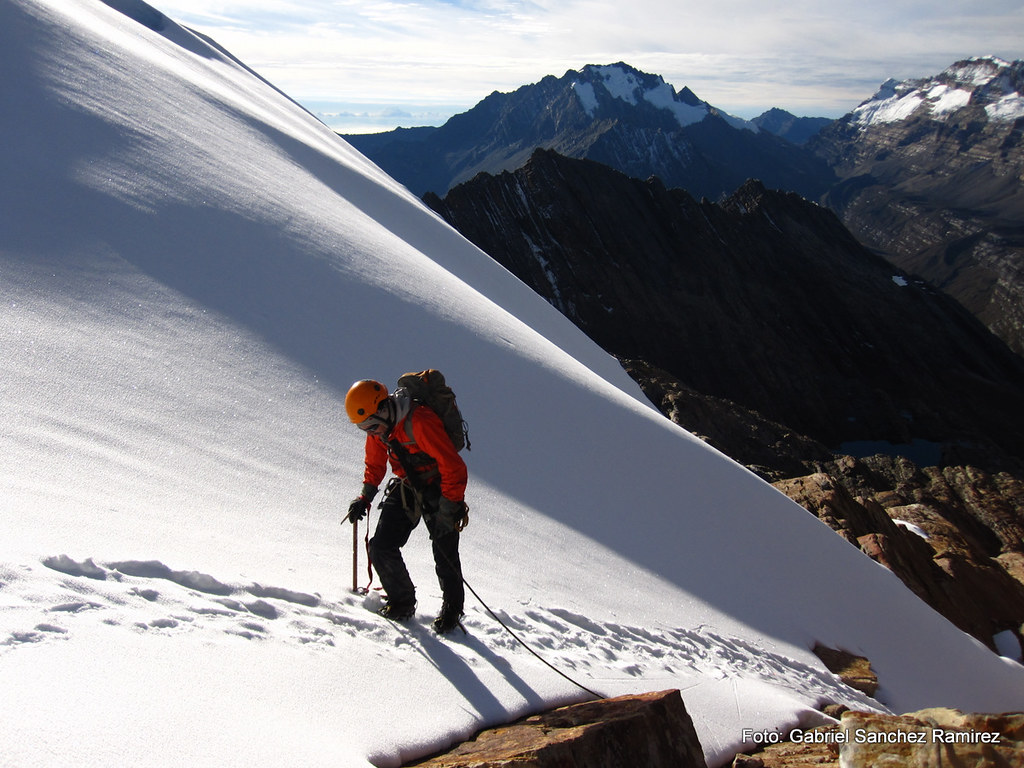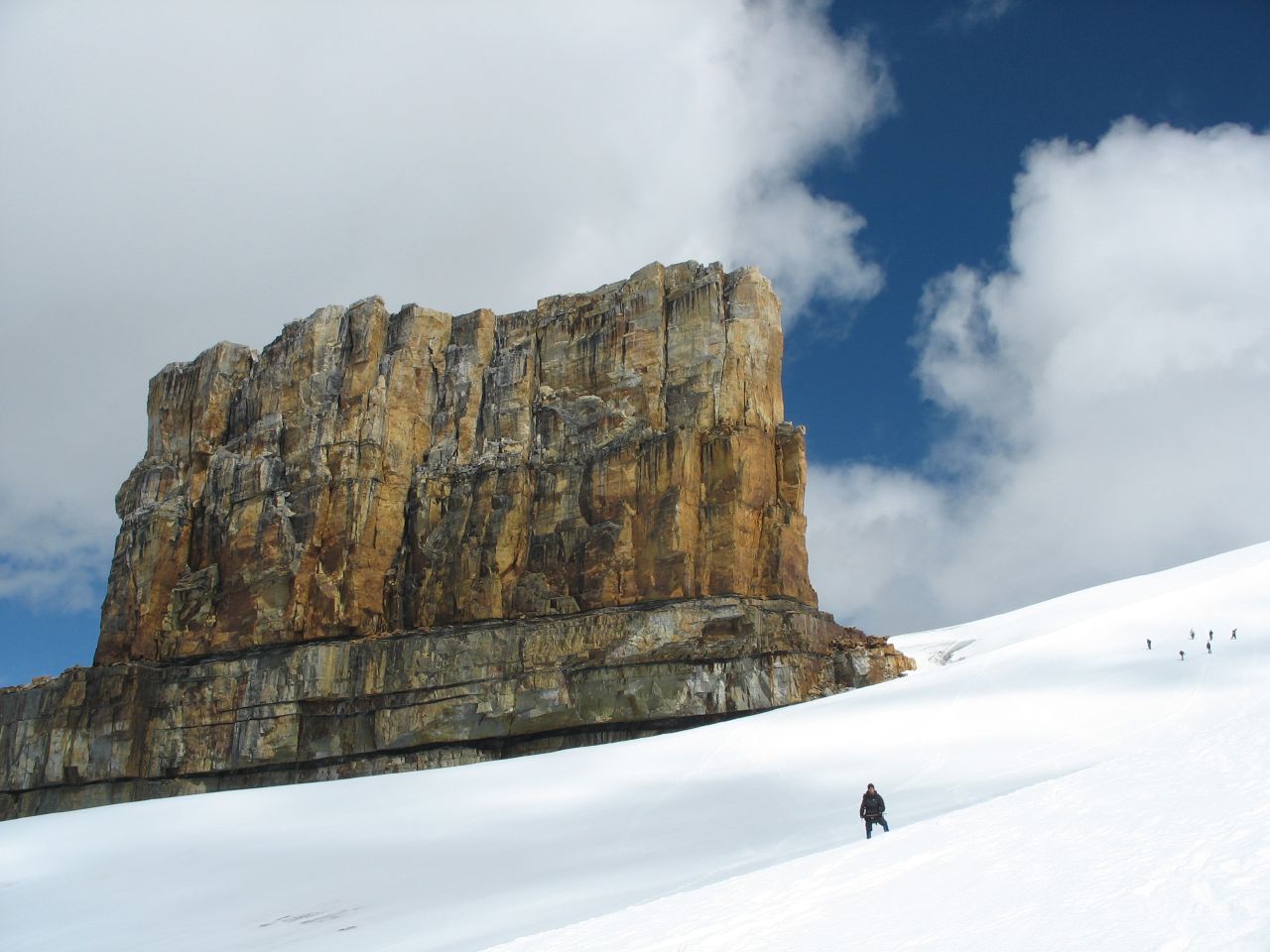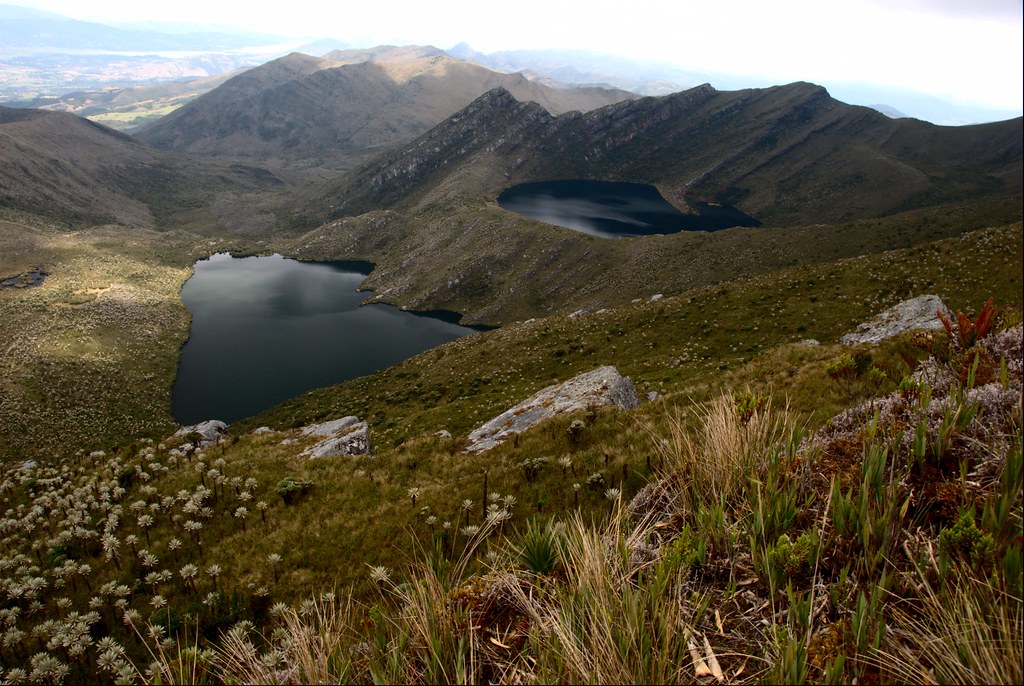Prague is the capital and largest city of the Czech Republic. It is the fourteenth-largest city in the European Union. It is also the historical capital of Bohemia proper. Situated in the north-west of the country on the Vltava river, the city is home to about 1.3 million people, while its larger urban zone is estimated to have a population of nearly 2 million. The city has a temperate oceanic climate, with warm summers and chilly winters.
Prague has been a political, cultural, and economic centre of central Europe with waxing and waning fortunes during its 1,100-year existence. Founded during the Romanesque and flourishing by the Gothic and Renaissance eras, Prague was not only the capital of the Czech state, but also the seat of two Holy Roman Emperors and thus then also the capital of the Holy Roman Empire.
Nicknames for Prague have included "city of a hundred spires", "the golden city", "the Paris of the Twenties in the Nineties", the "mother of all cities", and "the heart of Europe". Since 1992, the historic center of Prague has been included in the UNESCO list of world heritage sites.
Prague is a popular tourist destination. There are lots of old buildings, many with beautiful murals on them. It contains one of the world's most pristine and varied collections of architecture, from Art Nouveau to Baroque, Cubist, Gothic, Neo-Classical and ultra-modern.
Prague has been a political, cultural, and economic centre of central Europe with waxing and waning fortunes during its 1,100-year existence. Founded during the Romanesque and flourishing by the Gothic and Renaissance eras, Prague was not only the capital of the Czech state, but also the seat of two Holy Roman Emperors and thus then also the capital of the Holy Roman Empire.
Nicknames for Prague have included "city of a hundred spires", "the golden city", "the Paris of the Twenties in the Nineties", the "mother of all cities", and "the heart of Europe". Since 1992, the historic center of Prague has been included in the UNESCO list of world heritage sites.
Prague is a popular tourist destination. There are lots of old buildings, many with beautiful murals on them. It contains one of the world's most pristine and varied collections of architecture, from Art Nouveau to Baroque, Cubist, Gothic, Neo-Classical and ultra-modern.







